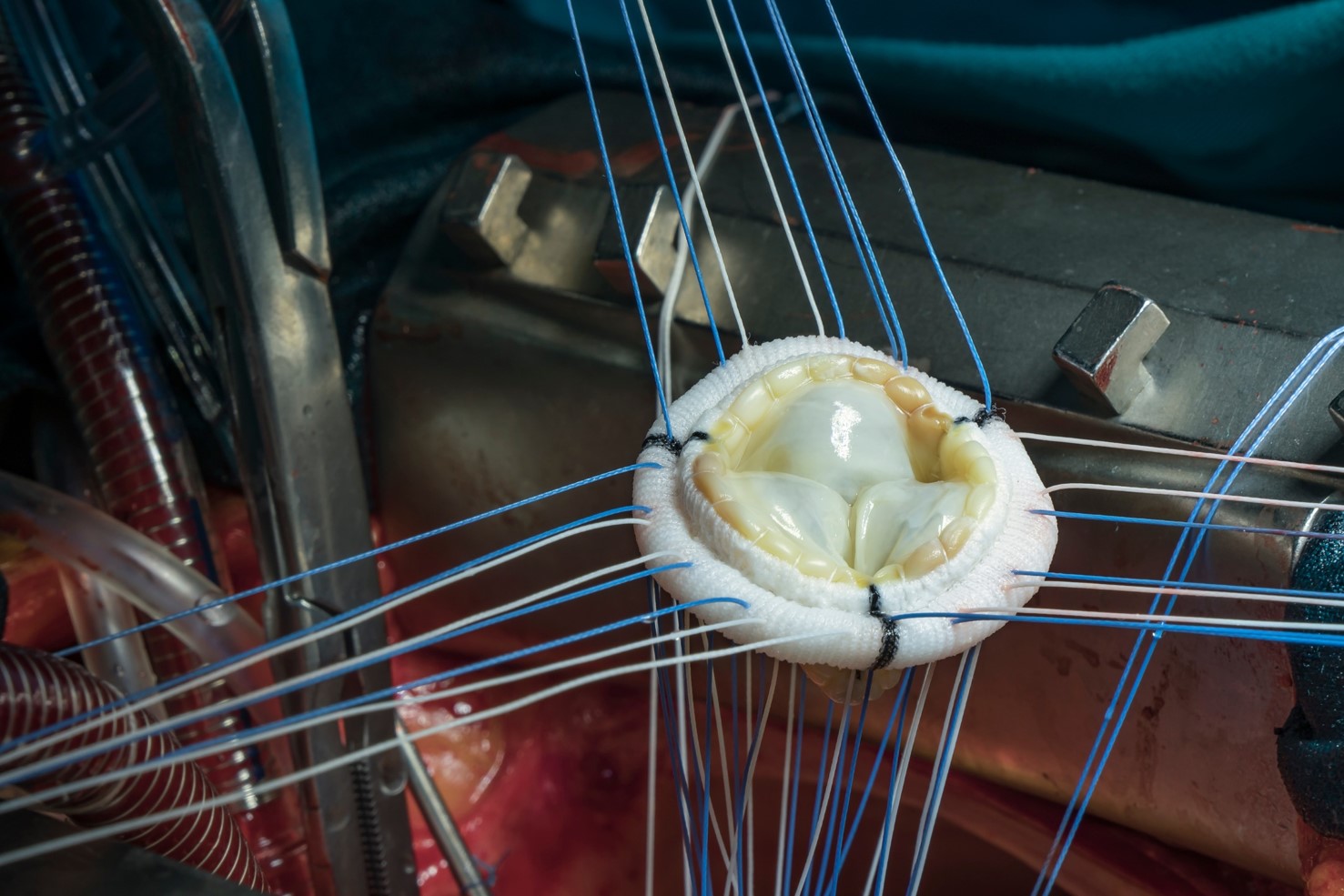Name of Medical Device
Prosthetic valve.
Description
- Bioprosthetic or tissue valves: porcine heart valves.
- Advantages: the incidence of thrombosis is low, about 0.2 % per person per year. An anticoagulant can be used for a short period of about 3 months (with a few exceptions).
- Disadvantages: insufficient valvular durability, which may require another aortic valve replacement, with approx. 30% for 10 years.
- Mechanical valves: i.e. artificial valves.
- Advantages: valves are durable and can be used for a long time.
- Disadvantages: the incidence of thrombosis is high; long-term use of anticoagulants is required; complications caused by the use of anticoagulants may occur; thrombosis may still occur at about 2.0% per person per year; taking anticoagulants may cause fetal lesions and death (70%-75%).
- Third-generation bioprosthetic or tissue valves: animal tissue valves.
- Advantages: The incidence of thrombosis is low, about 0.2 % per person per year. Anticoagulants can be used for a short period of about 3 months (with a few exceptions). With the latest anti-calcification technology, substances that bind calcium ions to tissue are effectively removed to delay calcification of the valve and prolong its service life.
- Disadvantages: Valve durability is 20 years with use rates of 8-9%, depending on the condition of each patient.

When to Use
With valvular stenosis or valvular insufficiency accompanied by various symptoms such as heart failure, those who meet the surgical indications need to undergo valve replacement.
Possible Side Effects
- It may cause an infection and thus needs antibiotic treatment or surgical removal.
- The valve has deteriorated and needs to be replaced surgically.
- The use of mechanical valves is prone to thrombosis and requires long-term administration of anticoagulants.
Postoperative Care
- Regular return visits for cardiac function examination.
- Take anticoagulants according to a strict schedule.
- If you have symptoms of infection complicated by heart failure or fever, asthma, chest tightness, and chest pain, please return to hospital for assistance.
- Please make sure that your primary care provider understands the procedures of wound care and cleaning before being discharged from hospital. If you have any questions, please consult your physician or nurse practitioner for relevant information.
- During the treatment with anticoagulants, the coagulation function should be tested regularly at the outpatient clinic to adjust its dosage. An excessively high dosage may cause various bleeding risks, while an excessively low dosage may trigger thrombosis on the valve and the risk of systemic thrombosis.

